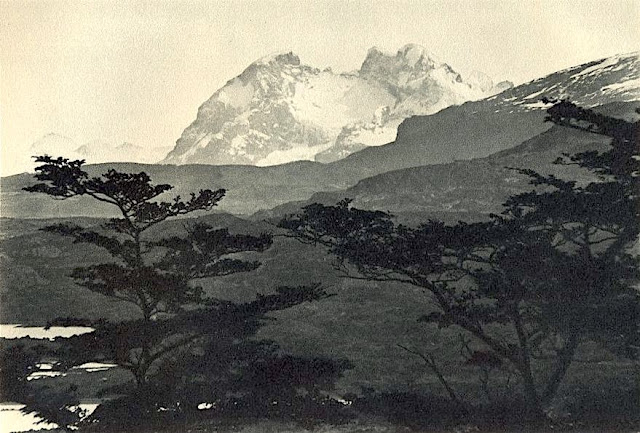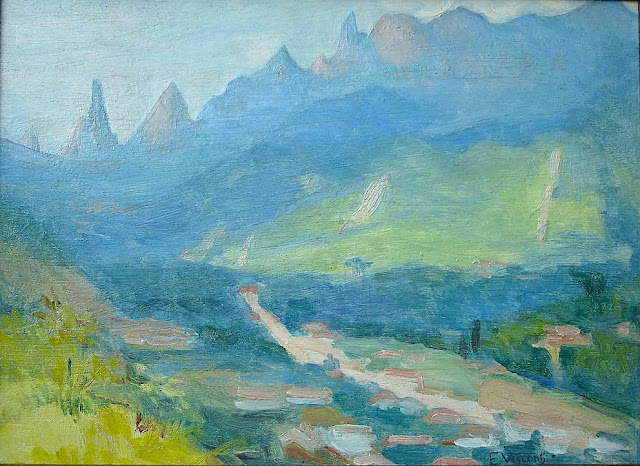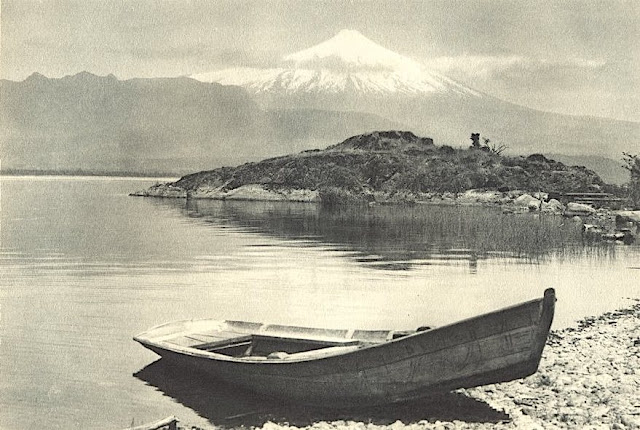RHOD WULFARS (bn. 1979),
The Fitz Roy / Cerro Chalten (3,405 m- 11, 171 ft)
Chile - Argentina border
About this painting
The painter wrote: “It is not a real mountain. Most of my paintings are born from the combination of the imagination and the hours spent looking, walking and smelling them. I call them "Twins" because they are similar to those reliefs of the Argentinian Andean Coridilla called "acarreos", which are long slopes of very popular loose rock that can be easily viewed. very frequently observed. This painting is therefore that of an unknown mountain, dreamt up which sums up several, and which came out of my unconscious one afternoon when the brush gave it life in a mysterious way without my being able to explain it. "
The artist
Rhod Wulfars is a contemporary mountain painter using mainly acrylic technique for his paintings.
He was born in 1979 in Mendoza (Argentina). In his website he wrote: "I have spent my whole life by the mountains. On day I started to paint them". Using, in the manner of Nicolas de Staël, a style always beetween abstract and figurative, his very strong and very moving paintings described perfectly the majesty and the spectacular contents of the peaks he paints. Rhod Wulfars makes a surprising use of acrylic medium, in thick paste as one could do with oil paint. He used to named his works only bu numbers, and series letters, but sometime he writes the name of the peaks ans makes it more easy to identify. Other works by this artist on his website : rhodwulfars.wixsite.com/rhodwulfars/
The mountain
Fitz Roy / Cerro Chalten (3,405m- 11, 171 ft) is a mountain located
near El Chaltèn village, in the Southern Patagonian Ice Field in
Patagonia, on the border between Argentina and Chile. First climbed in
1952 by French alpinists Lionel Terray and Guido Magnone, " The Fitz Roy
" remains among the most technically challenging mountains for
mountaineers on Earth. Mount Fitz Roy is the basis for the Patagonia
clothing logo following Yvon Chouinard's ascent and subsequent film in
1968.
Argentine explorer Francisco Moreno first saw the mountain on 2
March 1877. He named it Fitz Roy, in honour of Robert FitzRoy, who, as
captain of the HMS Beagle had travelled up the Santa Cruz River in 1834
and charted large parts of the Patagonian coast.
Cerro is a Spanish
word meaning mountain, while Chaltèn comes from a Tehuelche (Aonikenk)
word meaning "smoking mountain", due to a cloud that usually forms
around the mountain's peak. Fitz Roy, however, was only one of a number
of peaks the Tehuelche called Chaltèn.
It has been agreed by
Argentina and Chile that their international border detours eastwards to
pass over the main summit, but a large part of the border to the south
of the summit, as far as Cerro Murallуn, remains undefined.
______________________________
2022- Wandering Vertexes
Un blog de Francis Rousseau


%20%20-%20Leo%20Wehrli%20et%20Carlos%20Bruckdevant%20le%20%20%20Volcan%20Planchon%20(1897),%20Colorie%CC%81%20par%20Anna%20M.%20Wehrli-Frey-%09%20ETH%20Library%20%20Zurich%20%20.jpg)
















